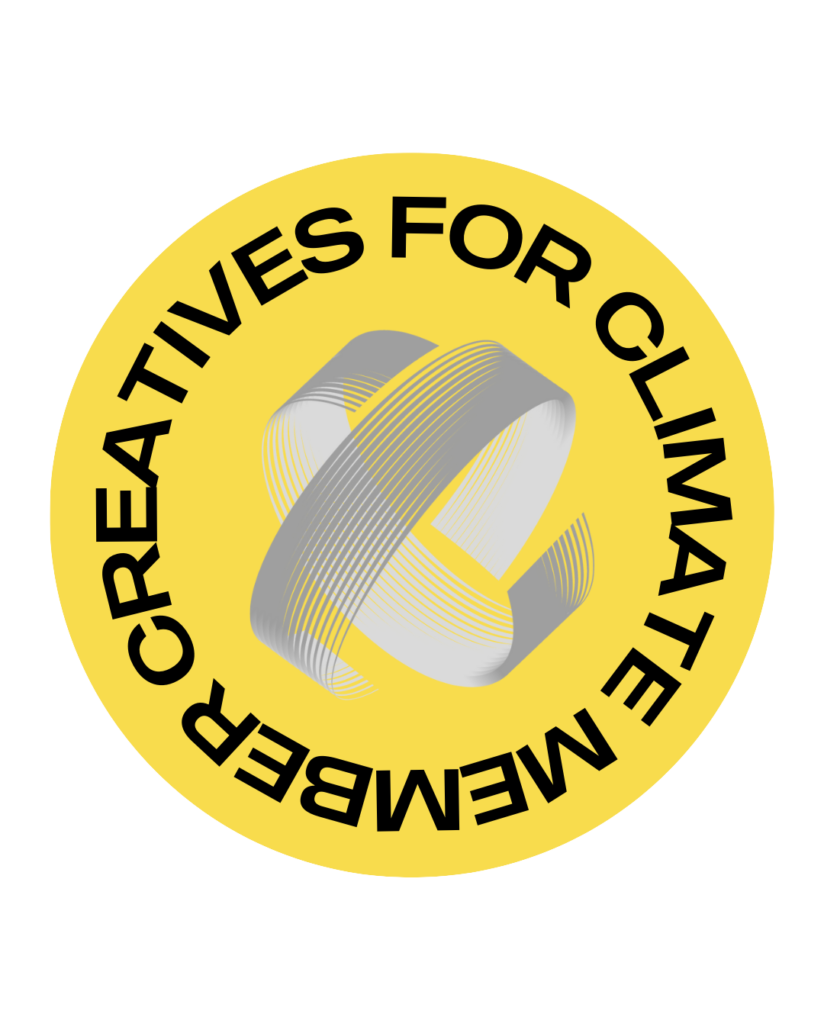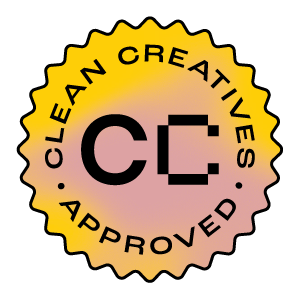Case Studies
your story, served up just right
The ultimate goal of any marketing piece should be to create a vision in your prospects’ minds that points them to your product or service. A great place to start is a well-written case study.
I say “ultimate goal” because the sales process is often long and complicated, with multiple contacts or marketing pieces required to close the deal. Any one piece – whether it’s a brochure, a blog post, a proposal, a presentation, a print advertisement or a website – isn’t going to do the job by itself.
The key is to write a compelling story and tell it through multiple, complementary delivery channels, as well as phone-to-phone or face-to-face contacts.
Case in Point
One of the pieces of the show-a-solution matrix that companies often ignore is the case study.
Good case studies succinctly show prospects how someone in their industry has already overcome a challenge by working with your company, your product or service. They can take many forms, but they all strive to do one thing – show prospects a solution you provide that’s better, faster or less expensive than any offered by your competitors
“Fine and dandy,” you say, “but no one customer has the exact same problem or challenge as any other. We customize our solutions for each and every customer.”
Granted. And kudos to you.
But that doesn’t mean you shouldn’t use case studies. In fact, they might be even more valuable to your company’s or organization’s sales process.
Since you can’t illustrate an exact remedy, present a solution to a similar problem, something that points to a larger category of challenges that your business has expertise in tackling. You want your prospects, and even your current customers, to think, “Hmmm…. that’s like my problem. Maybe (your company/product/service) can help me, too”
Be The Problem Solver
Here’s a case study format I often use to make clients look like expert problem solvers:
- Customer Profile – An overview of my client’s customer, what that company does and for whom.
- Situation – The problem the customer was facing and its cause.
- Critical Issue(s) – The negative implications of the situation.
- Solution(s) – What my client provided, and how it solved the problem. Whenever possible, focus on fixes that differentiate your company or offering.
- Results – Improvements realized, quantified whenever possible (number of hours shaved, inputs reduced, days or weeks cut off of project completion, dollars available for reinvestment, etc.).
- Quotes – What your customer says about the quality of the product or service and the ease of the working relationship can be powerful, and valuable, because it’s from someone who presumably had no bias prior to working with you.
Through all of this, be humble.
Go easy on the superlatives and avoid over-the-top, pat-yourself-on-the-back content. Remember, this is about your customer and your prospect. (And, ultimately, your sales.)
Keep It Brief
Six hundred words is best. One thousand is the max. Period.
Make It Look Good, Too
As a writer I don’t admit it very often, but a picture really is worth a thousand words. A white sheet of paper with black blocks of content is, alas, not especially inviting. Incorporate your case study narrative into a pleasing layout, with images that help tell or at least support the story. A design with a hero shot at the top and smaller supporting images or graphics is much more inviting, genuine and, therefore, effective.
Where to Use Them
OK, so you have your case studies. They’re well written and nice to look at. Now what? I advise getting as much mileage as possible out of them; use them in as many of the situations and formats as makes sense.
- Website – Obviously. You’ve done a great job for someone; now it’s time to tell anyone and everyone. Create the vision where the process starts – online. In addition to providing persuasive information, case studies can boost your site’s SEO when written properly.
- Social Media – Share your case studies on LinkedIn, certainly, as well as Twitter and Facebook if it makes sense for your business, and use them to drive traffic back to your website. Do this sparingly so your content maintains a good promotional-informational mix. For LinkedIn, make sure the content is valuable to your connections.
- Sales Packets – Arm your salespeople with good stories to tell, or at least leave behind, when they meet with customers and prospects. Make sure they know how to present them in a way that clearly makes the connection between the case study solution and the prospect’s challenges. Have the case studies printed professionally, not on your office machine.
- Emails – The human-to-human portion of the sales process usually begins via email or telephone, and these initial interactions often end with, “Can you send me something about you guys and what you can do?” Attach a case study or two before you hit send.
- Proposals – Case studies make great complements to proposals because they tell your story in a way that’s very different from the dry, facts-only content you’re required to include. And, as a form of third-party endorsement, they give the evaluator a… well… third-party endorsement.
Close More Deals
Well-written case studies can be a big part of effectively selling your company, product or service, not to mention a big part of closing more deals. It’s a vision worth writing about, and Fredricks Communications can make it happen.




